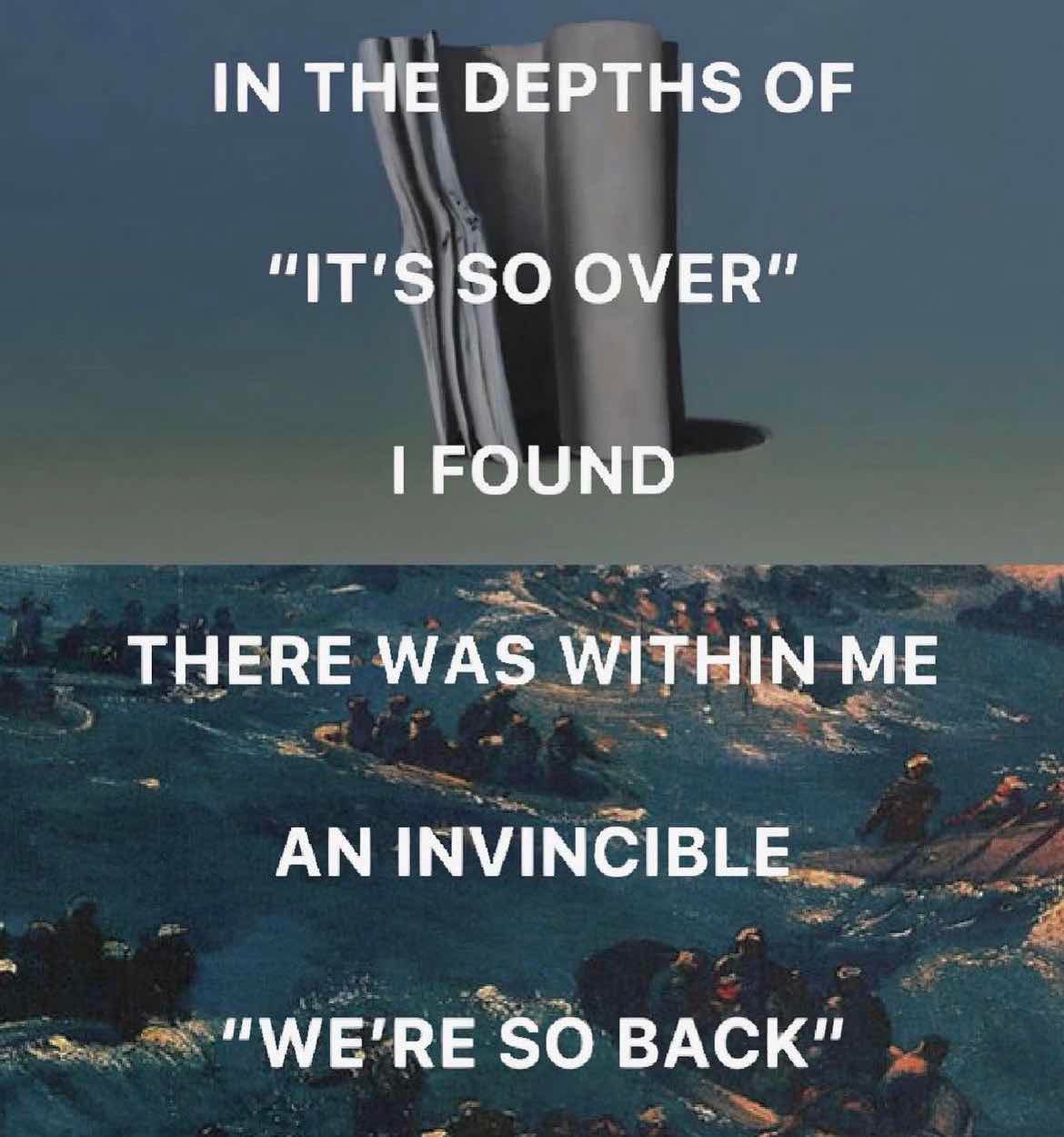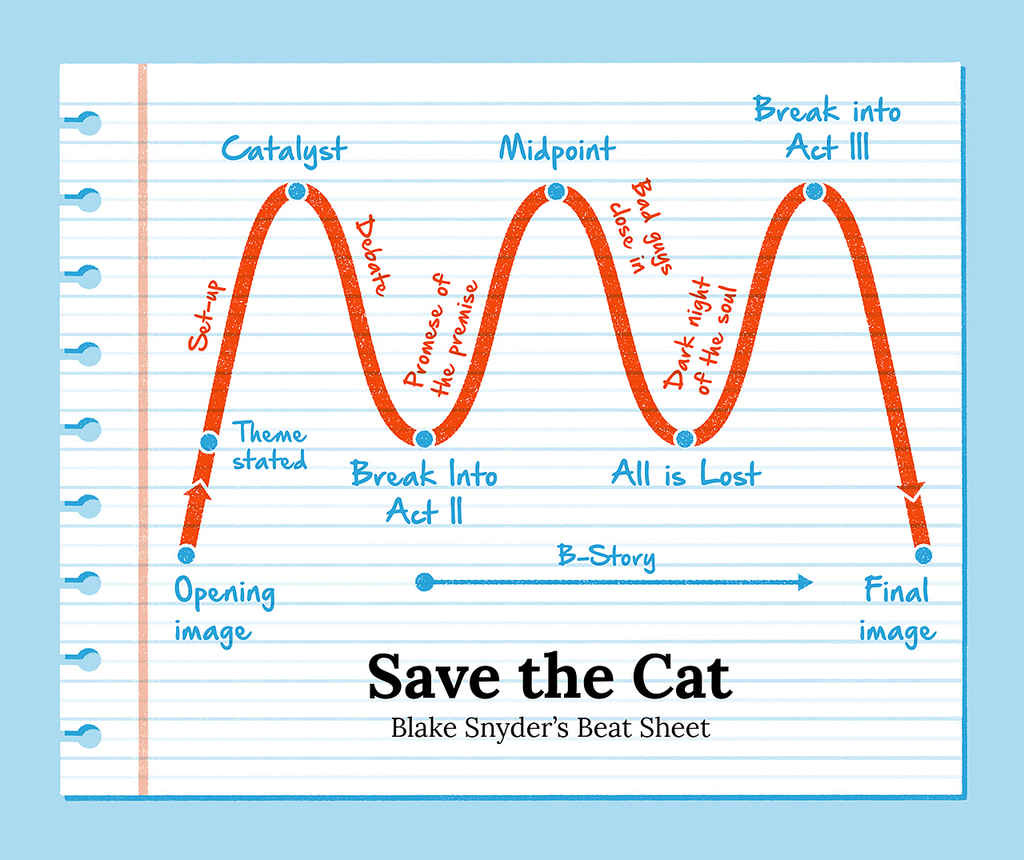Notes on it's so over/we're so back
LK-99 and the bullwhip affect
Like a lot of people online I’ve been pretty captivated over the past week by the unfolding story of LK-99, a synthetic substance that may or may not be the first-ever room-temperature superconductor. A room-temperature superconductor is a theoretical material that can conduct electricity with no resistance at, yes, room temperature.
If you didn’t know what a room-temperature superconductor was before this week, don’t feel bad; neither did I, or about 90 percent of the people currently tweeting authoritatively about it; the important thing to understand is that the discovery of one has been regarded for a long time as a potentially revolutionary scientific discovery that could transform power grids, computer chips, and help us create powerful rail guns and other weapons that previously only existed in the Quake franchise of first-person shooters.
However, as exciting as that sounds, it is not entirely clear that LK-99 is a superconductor. The two papers announcing its existence were published with little fanfare and are relatively light on details, and the team of Korean scientists who co-authored the papers are apparently feuding (though they all still stand by their work). Most people who work on superconductivity have been at best, skeptical, of the claims made by the papers, as a New York Times piece from this week documents.
Online, however, non-experts and amateur enthusiasts have been swept up in something like sheer narrative glee over the possibility that they are watching, in real time, the elaboration of a groundbreaking scientific discovery. Some people (with access to the right materials) have even taken it upon themselves to attempt reproducing LK-99 themselves, to ascertain whether or not it’s the real deal. This comment (on, LOL, the Red Scare podcast subreddit) provides a pretty good précis of the whole deal:
If you're not following LK-99, you're missing out on the most fun thing happening on the internet right now. Feels like the old internet.
TL;DR:
Since 1999, a tiny group of Korean scientists, working in obscurity and in their off-time, pursue the dying wishes of their materials professor who has his own theory about room temperature and pressure superconductors, a century-defining material, the holy grail of materials science and an instant Nobel prize.
A week ago, one of them went rogue and published a paper describing how to produce their substance, LK-99, which may or not be this holy grail material. It requires no exotic materials or equipment to reproduce, but the paper omits a lot of detail about the specifics of the synthesis.
They accompany it with pictures and a video. There are mistakes in the paper, but they authors say they are trivial, will be fixed, and all of them stand by their claims, even as they feud with each other.
This kicks off a world-wide race to deboonk or reproduce. US, Chinese, Japanese, and Indian labs all drop what they're doing and give LK-99 a shot. One guy at a startup in California tries on his own as well, and 10,000 people tune in to watch a Twitch stream of a webcam pointed at a kiln. The process takes a few days.
A Russian anime catgirl joins the fracas, ruthlessly making fun of both the original Korean scientists for their bizarre methodology, and of Western/Chinese labs for simply following the steps without understanding what they do. She applies the Soviet technique of ignoring the steps outlined and instead trying to figure out what they actually do, and comes up with her own procedure using shit just laying around her apartment.
She produces a small grain of the floaty rock, takes a picture but refuses to take a video, and mercilessly ridicules everybody who keeps asking her for more proofs because it was so easy to do, they should just be doing it themselves if they weren't mediocre westoids. She's catty and great.
I skipped some details but it's been a fun ride. Maybe the history books will record the moment when a bitchy internet catgirl became the first person to reproduce the material that saved humanity and sent them to the stars.
What I think this comment communicates well is that the main selling point for most people closely following LK-99 analysis and replication attempts isn’t a particularly informed conviction or judgment regarding materials science or superconductivity or whatever--rather, it’s the extremely engaging narrative, tinged with drama, absurdity, mystery, etc.1 One Twitter user, @8teaPi, builds a whole following by recapping new developments in a style they describe, in an admirable statement of intent, as “fanfiction” or “the Sorkin version of events in real time.” Personally I think of their style as something more like “prologue to a Charlie Stross novel” as in this tweet:



This is the kind of thing the social internet has always been particularly good at--cultivating engaging communities and characters around high-drama, ongoing news stories, to the point where even just to follow the news story you need a whole explainer about the people who are covering the news story, their backgrounds and motivation, etc. It’s like joining a well-written A.R.G. (I suppose how I feel following LK-99 is how boomers felt following the Mueller indictment.)
But there’s also a particularly 2023 shape to the LK-99 narrative. As new papers and videos and analyses are published, sentiment swings wildly between “it’s not a superconductor” and “it’s a superconductor”--optimism over transformative change alternately crushed and rekindled. Put in message-board argot, it keeps moving from “it’s so over” to “we’re so back” and back again, as far as I can tell, that’s precisely what people love about it.
It’s so over (we’re so back)
“It’s over”/”we’re back,” and its amplified sibling “it’s so over”/”we’re so back” have become popular expressions online over the last 18 months or so. According to KYM “it’s over” as a single phrase originates from a Huffington Post headline about the 2020 election, but it only really reaches its fullest power when paired with its inverse, e.g.:
The two phrases draw their power from each other and expect or imply one another. Within ever back is an over; within every over is a back:
ISO/WSB as post-pandemic vibe
The dyad is probably most accurately called a “meme,” but I think it’s also a way of articulating a particular post-pandemic vibe. We’re emerging from a unprecedented political-economic situation into an unclear future, dependent on monthly updates of case numbers, or inflation indices, or unemployment rates, hoping for signs of a stable forward trajectory. “It’s so over”/”we’re so back” embraces the spirit of volatility, overreaction, over-extrapolation, and over-commitment that characterizes incremental updates around unusual developments.
In some sense I think of ISO/WSB as a sentiment-based version of the infamous “bullwhip effect” of the post-pandemic era, in which minor shifts in consumer demand rippled out into outsized stress further down the supply chain as retailers, manufacturers, wholesalers and suppliers attempt to react to increasingly distorted supply/demand signals, the way a small flick of the wrist can crack a heavy bullwhip at its tip:
In the case of ISO/WSB, instead of “a couple guys buy an extra dozen rolls of toilet paper” leading to “glut/scarcity at wood-pulp supplier level” it’s “the latest poll numbers,” or “the most recent LK-99 paper” rippling out through various levels of the discursive supply chain and resulting in “total despondency” or “total confidence.” This ripple is even incentivized by social media--in order for ideas and arguments to find audiences outside of widening social/professional circles, the stakes have to be high and the consequences stark: over, or back. Maybe think of ISO/WSB mindset as the bullwhip affect.2
ISO/WSB as function of social media
The bullwhip effect isn’t the only social-science chart in which you can see the shape of ISO/WSB--one of the more common renditions of the meme maps it onto manic and depressive episodes:
I’ve written before about what seem like at least surface-level resonances between the symptoms of bipolar disorder and the incentives and imperatives of social media--I’m not sure I have anything non-glib to say here about BPD specifically, but it does seem clear that the structures of social media encourage outsized reaction, volatility, and partisanship even on the level of sentiment. William Davies has written about the “worm” that appears on the screen during some presidential debates and the way its logic translates to platform life:
In 2008, an analogous technology was introduced to the political arena. That year’s televised debates between the US presidential candidates were accompanied by an onscreen ‘worm’ reflecting the sentiments of a sample of undecided voters, fluctuating in real time over the course of the broadcast. The fortunes of the Republican candidate, John McCain, took a dive during the second debate in Nashville, when an off the cuff reference to his opponent, Barack Obama, as ‘that one’ caused a sudden surge of negative opinion, visible to TV audiences across America. The rapid expansion and consolidation of social media platforms led by Facebook has driven the logic of the ‘worm’ into everyday life.
ISO/WSB as dramatic arc
These are not particularly good conditions under which to “do science”; no scientist would want to work with a volatile sentiment-analysis “worm” monitoring their progress. What ISO/WSB is good for is generating drama. The mindset is intimately familiar to sports fans, who spend years looping wildly between the poles3, but it’s also immediately recongizable in the “beat sheet” for Save the Cat, the best-selling screenwriting book whose rigid structure dominated Hollywood productions for much of the last two decades:
In this sense ISO/WSB is a function not just of the material conditions of post-pandemic life, nor of the sentiment-amplification of social media, but also of the narrativization of life--the condition in which actual things that are happening and fictional things that entertain us are blurred together into a semi-structured mess of emotional stimulus.
There’s also, to be clear, a specific cultural element to the story’s popularity as well: Twitter in its current form is overpopulated by software-industry workers who are (1) desperate for evidence to support their technological optimism and (2) eager to assert their hard-STEM bona fides after years spent optimizing ad yield. Tweeting loudly and optimistically about LK-99 gives you a chance to do both; it’s a slightly less goofy “we’re going to colonize Mars!”
I’m very proud of this one.
Me, a Yankee fan, on Wednesday: It’s so over
Me, last night, after winning two games: We’re so back










This blog is so back.
this blog is so we’re over dude i need 10k on the narrativization of life